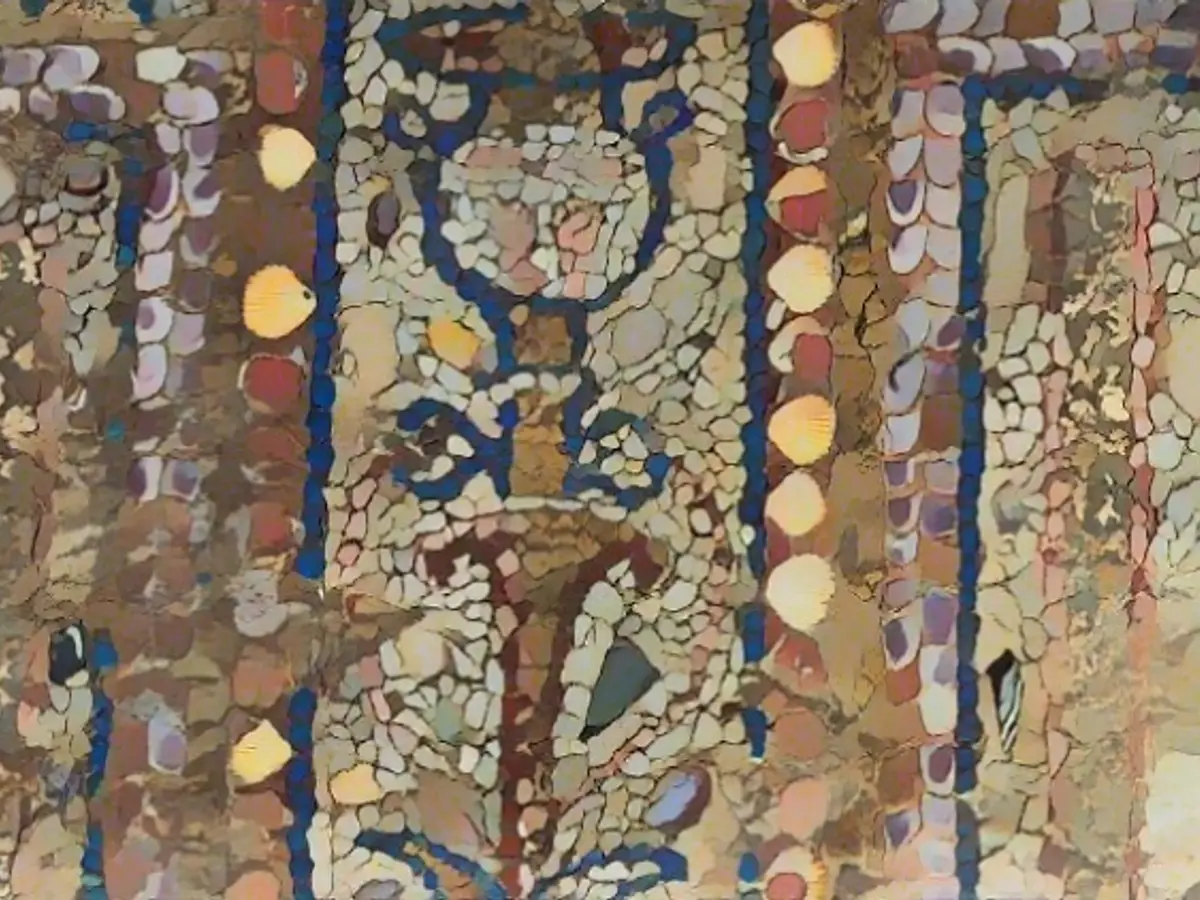Ancient rooms discovered near the Colosseum in Rome
The discovery of several rooms in a Roman town house amazes more than just the experts. The elaborate mosaics on the walls are extraordinary, and not just because they were created from many different, precious materials.
Not far from the famous Colosseum in Rome, archaeologists have discovered several rooms of an ancient Roman town house with special mosaics. Researchers from the Archaeological Park uncovered them between the Roman Forum and the Palatine Hill, one of the seven hills of Rome, and presented the new discovery, according to the Italian Ministry of Culture.

What is special are the unusual mosaics on the walls of the luxurious house, which was probably built at the end of the 2nd century BC. The complex scenes depicted on the wall cladding made of so-called rustic mosaics are particularly impressive, according to the press release.
Vines and flowers made of glass and shells
These are composed of various types of shells, mosaic stones, precious glass, tiny plates of white marble and other multi-colored stones. They show a complex sequence of scenes depicting several different figures. These include Celtic trumpets, parts of ships with trident images and vases from which tendrils and lotus flowers sprout. But also building outlines with columns and gates. The exact meaning of the scenes and depictions is not known.
The town house with its rooms is located in the area not far from the so-called Horrea Agrippiana, the oldest monumental warehouse complexes from Augustan times along a trade route in ancient Rome. According to archaeologists, the domus extended over two terraced floors. There are numerous sights in the vicinity.
Read also:
- This will change in December
- German activists speak out in Dubai on suffering in Israel and the Gaza Strip
- Despite UN vote: fighting between Israel and Hamas in the Gaza Strip continues
- Nuclear fusion - hype or solution to energy problems?
The discovery of these unique mosaics in the Roman town house, as revealed by the Italian Ministry of Culture, is a significant find for Archaeology, shedding light on the artistic traditions of the time. Furthermore, the intricate designs featuring vines, flowers, and Roman symbols like trident images and building outlines, can potentially fund further research into the societal beliefs and daily life of the Romans during the 2nd century BC.
Source: www.ntv.de







